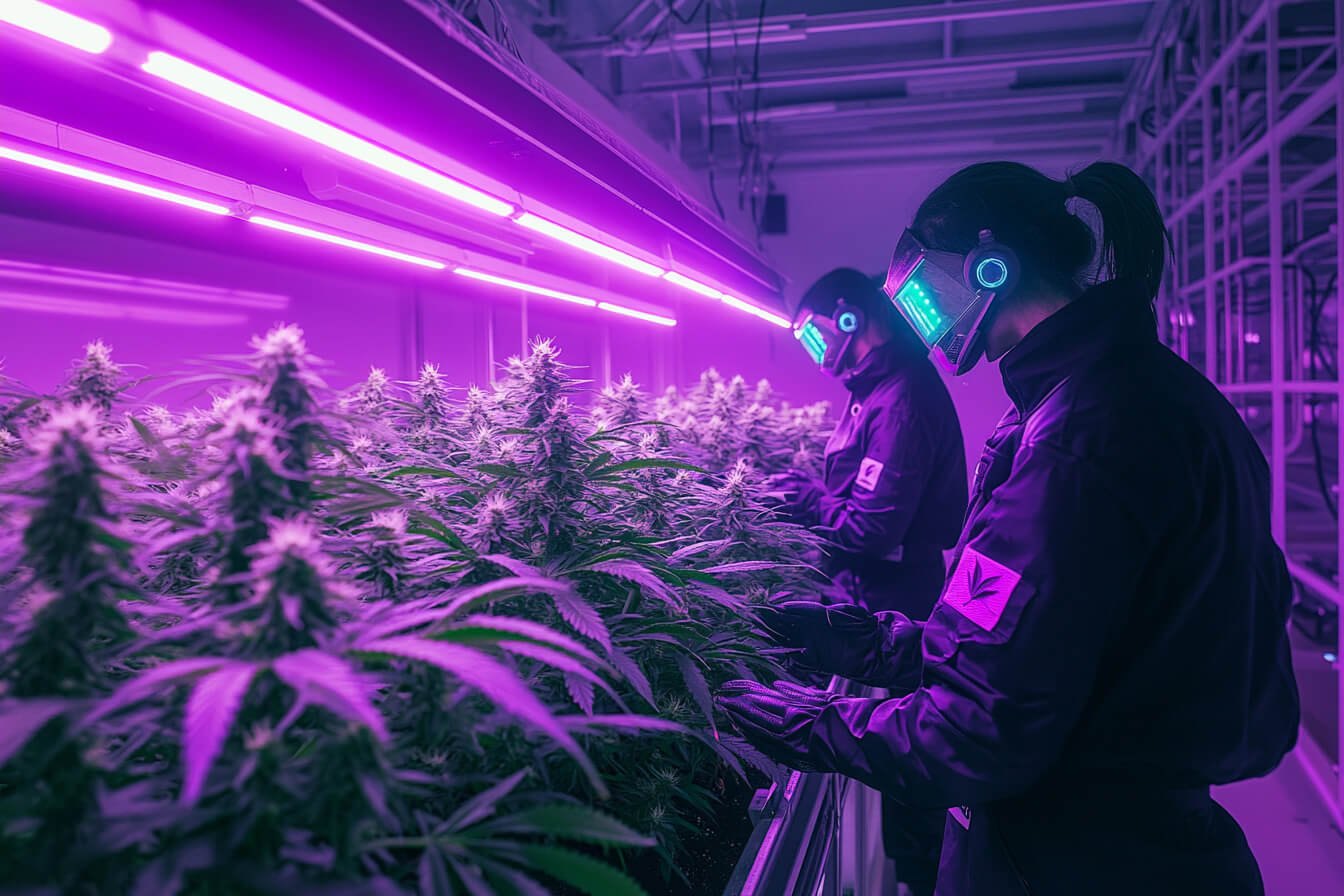Understanding Male, Female, and Hermaphrodite Cannabis Plants
When cultivating cannabis, understanding the differences between male, female, and hermaphrodite plants is crucial for achieving a successful harvest. Each type of plant has a specific role in the growth cycle and contributes differently to the quality and yield of your cannabis crop. Here's a comprehensive guide to help you identify and manage male, female, and hermaphrodite cannabis plants.
Male Cannabis Plants
Male cannabis plants are essential for reproduction, but they are typically not desired in a grow focused on producing high-quality buds. Males produce pollen sacs instead of buds, which are necessary for fertilizing female plants. However, if a male plant pollinates a female plant, the female will produce seeds instead of the dense, resinous flowers that are prized by growers.
Identification: Male plants can be identified early in the pre-flowering stage by the appearance of small, ball-shaped structures at the nodes (the points where leaves and branches meet the stem). These are pollen sacs, which eventually open to release pollen.
Management: If your goal is to produce seedless buds (sensimilla), it’s important to remove male plants from the grow area as soon as they are identified to prevent them from pollinating female plants.
Female Cannabis Plants
Female cannabis plants are the ones that produce the cannabinoid-rich buds that are harvested and consumed. These plants develop flowers that, when left unfertilized, become the dense, potent buds that are sought after by users.
Identification: Female plants develop white, hair-like structures called pistils at the nodes. These pistils are the reproductive organs of the plant and are designed to catch pollen from male plants. In the absence of male plants, the pistils will continue to develop into resinous buds.
Management: Female plants should be nurtured and protected in the grow area. Ensuring that male plants are removed early on will allow females to focus their energy on producing high-quality buds.
Hermaphrodite Cannabis Plants
Hermaphrodite cannabis plants contain both male and female reproductive organs, which means they can self-pollinate. This can occur naturally or as a result of environmental stressors such as light leaks, temperature fluctuations, or physical damage.
Identification: Hermaphrodite plants can be identified by the presence of both pollen sacs and pistils on the same plant. Some hermaphrodites may display “bananas,” which are elongated pollen sacs that directly release pollen without opening like normal sacs.
Management: Hermaphrodites pose a risk to your crop because they can pollinate themselves and other nearby female plants, leading to seeded buds. It's essential to remove hermaphrodites as soon as they are spotted to protect the integrity of your harvest.
Conclusion: Importance of Identifying Plant Types
Correctly identifying and managing male, female, and hermaphrodite cannabis plants is critical for producing a successful harvest. By removing males and hermaphrodites, you can ensure that your female plants produce the highest quality, seedless buds. Careful monitoring during the pre-flowering and flowering stages will help you maintain a healthy, productive cannabis garden.



